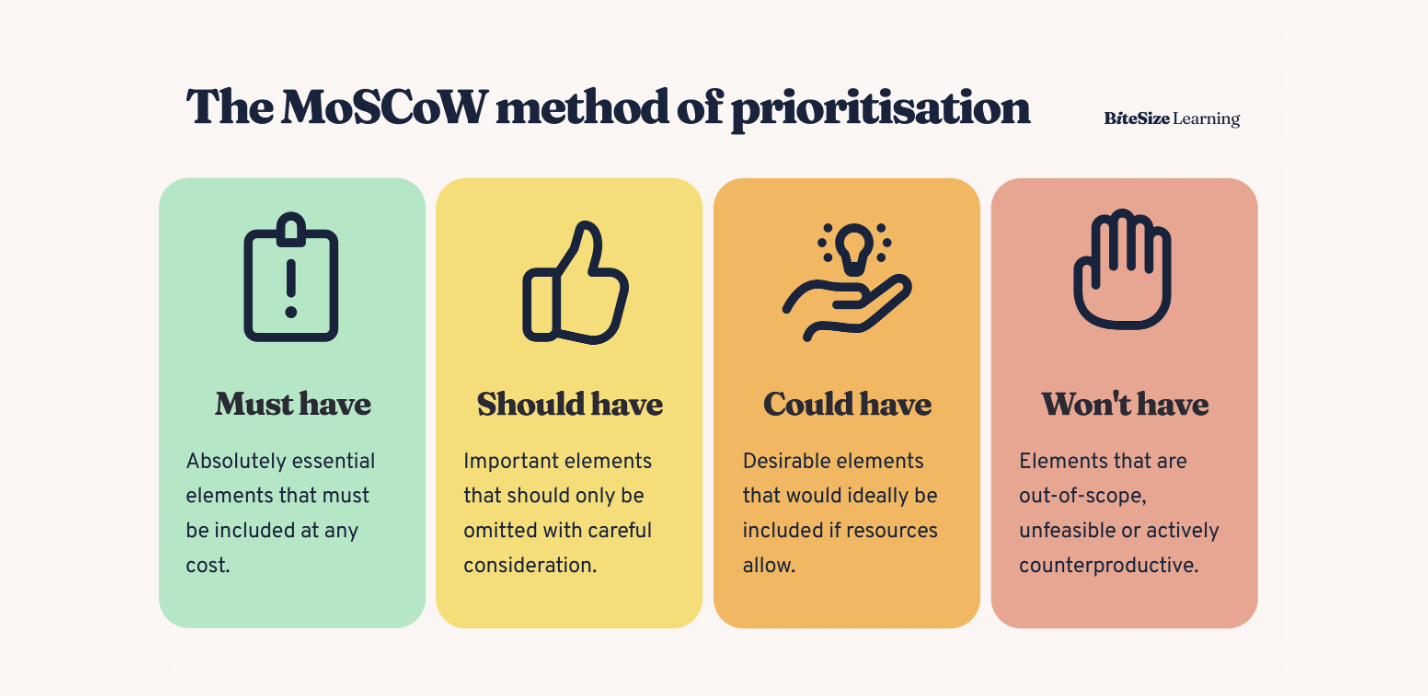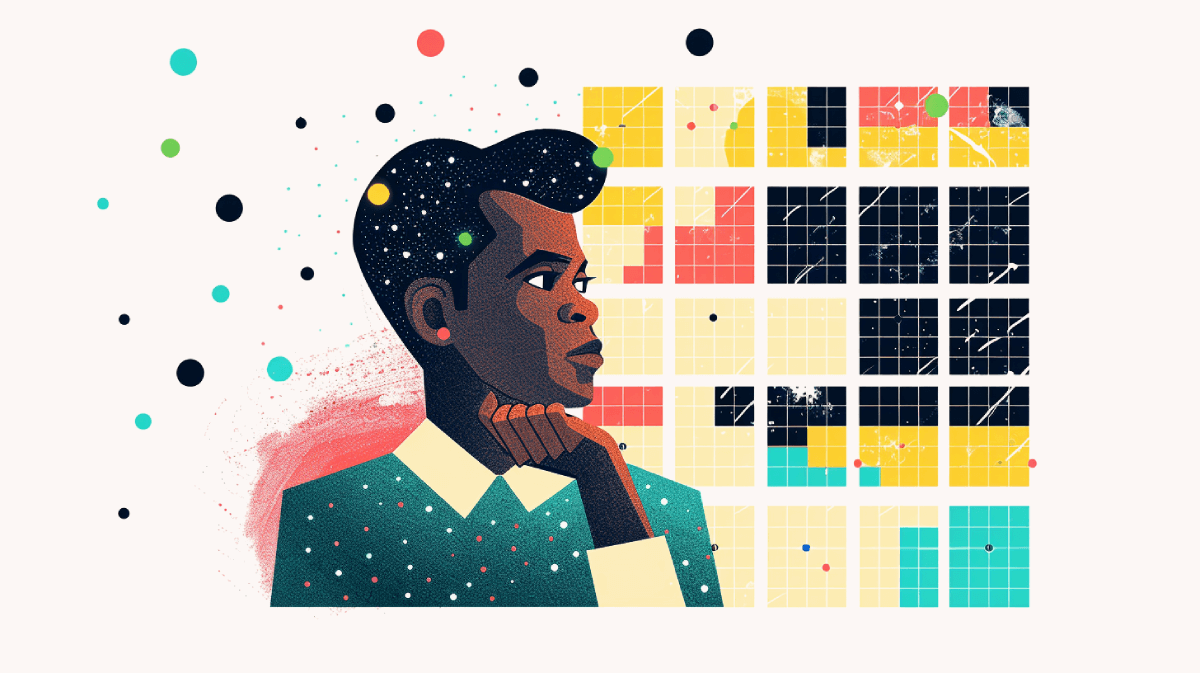The Gibbs Reflective Cycle, explained
As you progress in your career, you and your colleagues will often encounter moments that leave you thinking, "How did that happen?" or "How could we have handled that better?" This is where the Gibbs Reflective Cycle comes in handy.
It's a straightforward framework that can help you make sense of your experiences and, most importantly, learn from them. Developed by Graham Gibbs in 1988, this model offers a structured approach to reflecting on your actions and their outcomes.
It's useful for all sorts of professionals who want to consistently improve their practice, whether you’re a hospital nurse taking stock of a recent emergency response, a football team considering last week’s game, or development studio celebrating the completion of a tricky project.
The Gibbs’ Reflective Cycle stages
The cycle consists of six stages.
The Gibbs Reflective Cycle diagram. Click to see in HD, right-click to download - just link to this page if you use it.
1. Description: what happened?
The description stage is foundational to effective reflective practice. By simply recounting an experience in an objective, factual way, without analysis or judgment, you create the mental space to then examine it more deeply.
Psychologically, getting the basic details out of your head and onto paper declutters the mind. It separates the event itself from your opinions about it. This frees up cognitive bandwidth to focus on learning and insight in later stages.
Skipping the description stage risks your reflections being clouded by assumptions, biases or inaccurate recollections. Events often look different when described plainly in writing compared to the emotionally-charged version in our heads. Describing first, thoroughly and dispassionately, provides a clear shared reality from which to reflect.
2. Feelings: What were you thinking and feeling?
Naming and claiming the feelings that arose during an experience is a powerful stage of reflective practice. It surfaces important information and helps regulate the emotions themselves.
Psychologically, labeling an emotion - putting it into words - has been shown to diminish the emotion's intensity and its grip on our behavior. When we get our feelings out in the open, they have less power over us. This opens the door to responding more intentionally. In a group discussion, this stage can help create a sense of psychological safety, let off some steam, and help participants understand where one another are coming from.
Reflecting on feelings also yields clues to our values, identity, aspirations and fears. What triggered us emotionally, whether positively or negatively, is a signpost to things we care about. Following those signposts cultivates self-awareness.
3. Evaluation: what was good and bad about the experience?
The evaluation stage moves reflection from exploration to discernment. It's examining the experience through the lens of 'what went well and what didn't go well?'
This balanced evaluation is psychologically important. Our brains are naturally drawn to the negative, so intentionally considering any positives keeps the reflection grounded and fair. But we also can't ignore what fell short or needs improvement.
This evaluative 'sense-making' is a crucial psychological transition between simply rehashing the experience and extracting insight from it. Your evaluation creates the scaffolding of understanding on which analysis, conclusions and action will be built.
Evaluation is also an opportunity to celebrate and cement positive experiences. Appreciating the specific aspects that made a success successful helps you recognise and replicate those conditions – there are a lot fewer ways to ‘win’ than ‘lose’, so even if you feel as if you’ve ‘lucked into’ a victory, now’s the time to figure out how to repeat the process. Evaluation doesn't just mean judging 'good' or 'bad' - it's identifying the defining characteristics of the event, whether wins or losses, and why they matter.
4. Analysis: What sense can you make of the situation?
If evaluation looks at 'what', analysis digs into 'why.' This stage explores the root causes, dynamics and patterns at play in the situation. It contextualizes the experience within a broader understanding.
Analysis is where you connect the dots, zooming out to see the overarching frameworks that shape events. That big picture perspective is psychologically empowering. It reveals that your experiences are part of larger, knowable systems. You may not control those systems, but you can learn to predict and navigate them.
The analysis stage is also where you integrate different modes of knowing - thoughts, feelings, actions, results. Analyzing their interplay creates a richer, more nuanced and multidimensional understanding of your experience. Those holistic insights will be most useful going forward.
5. Conclusion: What else could you have done?
The conclusion stage is where you decide what the experience means for you and your way forward. It's crystalising the core takeaways and life lessons from the prior stages.
Psychologically, this is the inflection point where reflection becomes growth. The conclusions you draw will shape your future mindset and behavior. That's why it's important to root your conclusions in the clearest, most constructive insights from the reflective process.
Articulating concise conclusions also consolidates your learning. Translating a complex experience into focussed 'if-then' principles or mental models embeds them in long-term memory. You can carry those hard-won truths with you.
6. Action Plan: if it arose again, what would you do?
The action plan stage is reflection's 'last mile' - the critical step of putting insight into practice. It answers: What will I do differently next time? How will I apply what I've learned?
Committing to concrete action steps leverages several psychological principles of behaviour change. The plan gives you specific implementation intentions; it defines the when, where and how of enacting your insights.
Making your plan observable to others harnesses positive social accountability and commitment.
The action stage is where reflection proves its practical worth, empowering you to show up more skillfully for life's next challenge. Reflection without action risks being idle navel-gazing. But action emboldened by reflection? That's where the magic happens.
Examples of the Gibbs’ Reflective Cycle in practice
Imagine you're a nurse who's just had a difficult conversation with a patient's family about end-of-life care. Using the Gibbs Cycle, you might:
Describe the interaction in detail, noting who was present and what was said.
Reflect on your emotions during the conversation. Were you anxious? Empathetic? Frustrated?
Evaluate what went well (perhaps you clearly explained the medical situation) and what didn't (maybe you struggled to manage the family's emotional reactions).
Analyse why certain aspects were challenging. For instance, you might realise you need more training in handling emotionally-charged situations.
Conclude that while you conveyed the necessary information, there's room for improvement in your communication style.
Plan to seek out resources on delivering difficult news and practice these skills with colleagues.
Now, let's switch gears to a software development scenario. Your team has just launched a new feature that users are struggling with. Your reflection might look like this:
Describe the feature, its intended purpose, and the user feedback you've received.
Acknowledge your disappointment and frustration with the negative reception.
Evaluate the strengths (perhaps the technical implementation was solid) and weaknesses (the user interface seems confusing) of the feature.
Analyse why users are struggling. You might note that you didn't conduct enough user testing before launch.
Conclude that while the feature's core functionality is sound, its usability needs significant improvement.
Plan to implement a more robust user testing process for future releases and to quickly develop and roll out UI improvements for this feature.
You draw upon elements of this cycle in a wide variety of situations, including:
Personal reflection, whether in a written format or simply thinking things through
In a 1:1 conversation, like going over a recent scenario with your manager, coaching a junior colleague, or navigating a difficult conversation with one of your reports
As a framework for leading a team meeting, reflecting on recent progress or setbacks
As a set of questions to pose to different people, if you’re inquiring into a problem or pattern you’ve recently been given ownership of
As a candid way to work with clients and customers to celebrate what worked well in a recent partnership, and how you’ll be able to do even better next time
Other observations on the Gibbs’ Reflective Cycle
The Gibbs Cycle's strength lies in its simplicity and applicability across various fields. However, it's worth noting that it's not the only reflective model out there. Kolb's Experiential Learning Cycle and Schön's Reflection-in-Action and Reflection-on-Action are other frameworks you might find useful, especially if you're looking to delve deeper into the cognitive processes behind reflection.
One critique of the Gibbs Cycle is that it can sometimes lead to a focus on negative aspects of an experience, potentially overlooking positive outcomes or learning opportunities. To counter this, you might consider incorporating elements of appreciative inquiry into your reflection, actively seeking out what went well and how to build on those successes.
Another potential limitation is that the cycle doesn't explicitly encourage you to seek outside perspectives. As you use this framework, consider how you might incorporate feedback from colleagues, mentors, or even the individuals involved in the situation you're reflecting on. This additional input can provide valuable insights that you might miss on your own.
As you consider how you can improve as a professional, you might find the Gibbs Reflective Cycle to be a helpful tool. It provides a clear structure for unpacking your experiences and deriving meaningful lessons from them. By regularly engaging in this kind of reflection, you can develop a more nuanced understanding of your work, your reactions, and your growth areas.
Remember, the goal isn't just to ruminate on past events, but to use those insights to inform your future actions. Whether you're navigating complex patient care scenarios or troubleshooting software issues, a thoughtful approach to reflection can help you continuously refine your skills and decision-making processes.
So, the next time you find yourself puzzling over a work situation, give the Gibbs Cycle a try. You might be surprised at the clarity and actionable insights it can provide.






